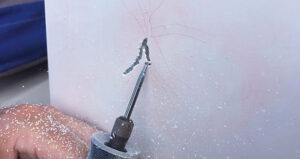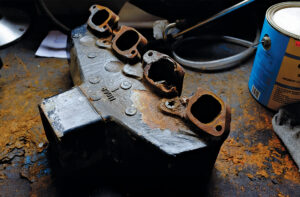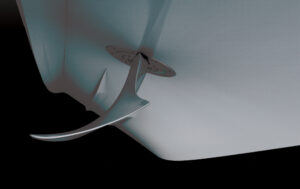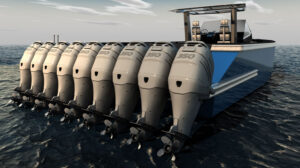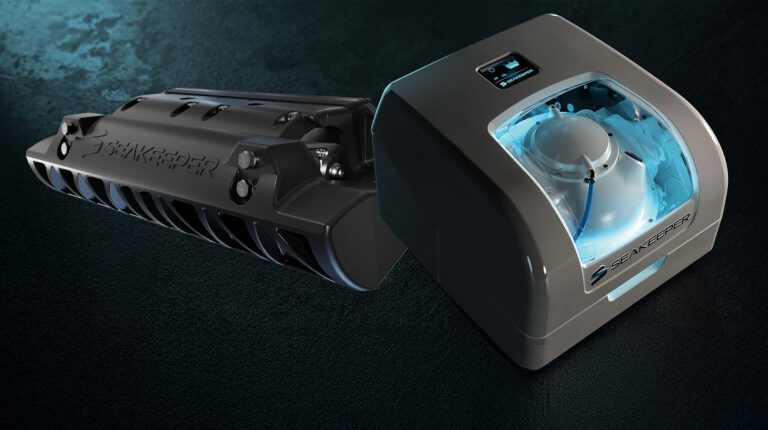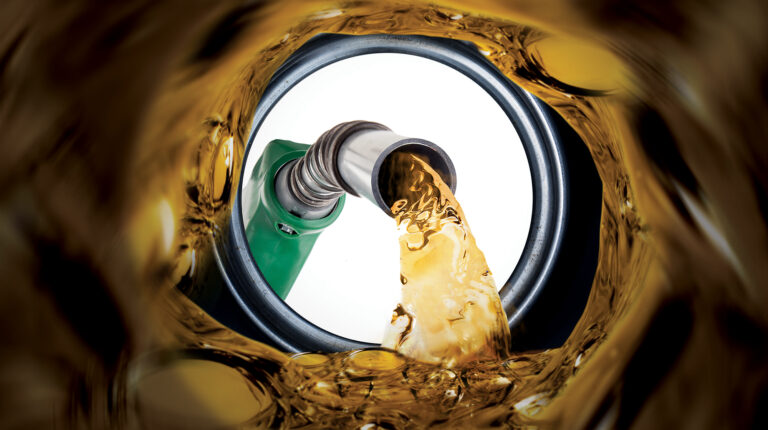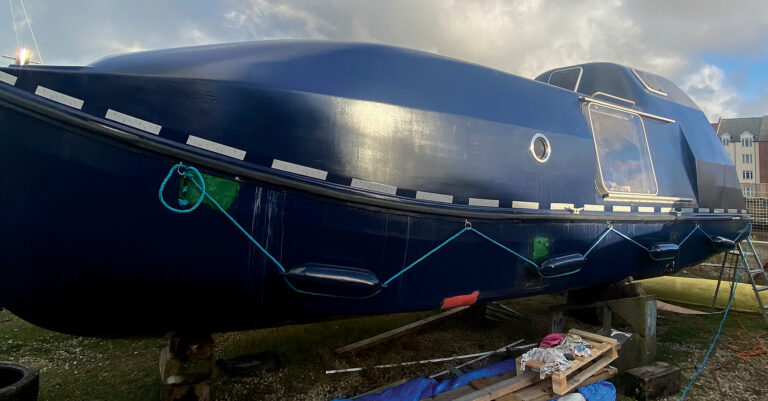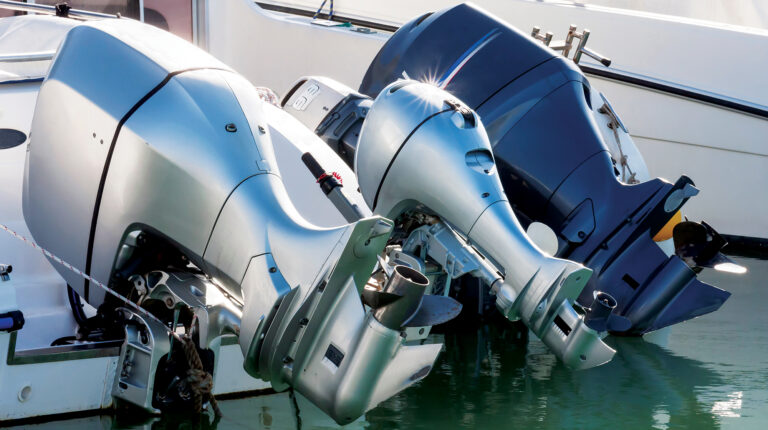I’ve just purchased a new diesel inboard. What’s the best way to break it in without damaging it?
— Walt Reid
Most manufacturers list procedures for break-ins in their operations manuals. Stick with these but also bear in mind the following routine. Remember, the first 50 hours of operation can significantly affect your diesel’s life expectancy.
Examine the basics: Look for twisted engine mounts and loose bolts. Check wire runs. Make sure drive belts are tight and the appropriate seacocks are open.
Start the engine and let it idle for five minutes, making sure you’ve got cooling-water flow at the exhaust port and full shift control. Look around the engine room for problems and then, on returning to the helm, monitor your gauges. If engine sound changes or power falters, shut ‘er down and revisit the basics.
Continue to monitor your gauges while leaving the dock. Once you’re free of no-wake zones, slowly bring rpm up to cruising speed. Operate there for 15 minutes, then ease back to idle and shift into neutral for another five minutes. Now stop your engine and check the engine room again while posting a proper lookout, of course, and addressing any relevant navigational concerns.
Restart the engine and bring it up to cruise speed for an hour, then throttle back 200 rpm for an hour. Repeat this cycle and continue to vary throttle settings over the next 35 to engine 50 hours. Avoid prolonged operation at WOT and idling for more than 20 minutes, except in no-wake zones. The former will cause unnecessary wear while the latter will produce excessive soot buildup.
Professor Diesel is Larry Berlin, director of Mack Boring’s Training Services division.
Please submit all of your questions to PMY’s senior editor Capt. Bill Pike.
This article originally appeared in the April 2009 issue of Power & Motoryacht magazine.


